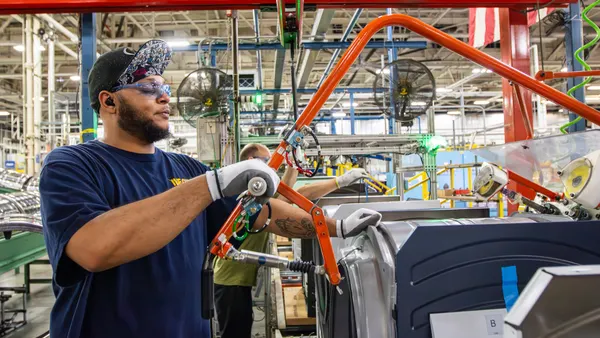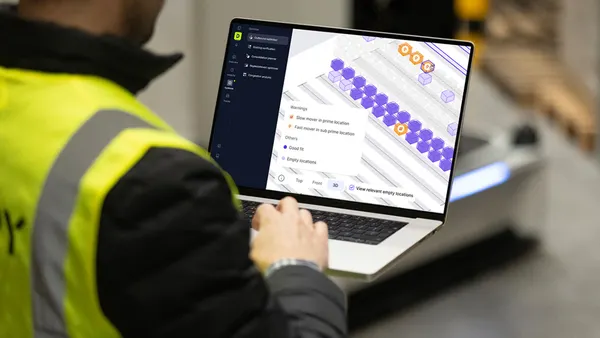Dive Brief:
- Freight forwarders spend 24.4 million hours of labor a year to find and manage carrier rates for clients, for an estimated labor cost of $500 million, according to a recent study by Drewry, commissioned by cloud-based rate management technology provider CargoSphere.
- In the maritime industry alone, 50,000 freight forwarders handle 48.4 million TEUs of cargo each year. Drewry and CargoSphere measured the cost by surveying the average monthly effort small, medium and large forwarders made to find rates.
- The largest inefficiency lies with the small forwarders, whose size makes the entire process "twice as burdensome" as their medium counterparts. Meanwhile, the average top forwarder spent $500,000 in annual labor costs on the process.
Dive Insight:
Conversations abound on the fate of the freight forwarder, but it is not the forwarder's role in the supply chain that is in danger, but rather the way they do business.
The statistics from the Drewry study, albeit commissioned from a "next-generation" rate management company, show the cost-savings opportunities possible in adopting or partnering with a cloud-based system. In fact, vendors like CargoSphere argue their business model and technology seeks to help the forwarders adapt sooner to a new way of doing business.
The problem however is that both the vendor (Cloud-based technology) and buyer (the forwarders) markets are extremely crowded. Adopting or building such technology often comes with a high capital expense, which many forwarders — and especially the small forwarders — cannot justify. After all, clients who are used to a specific way of doing business are not leaving, and opportunity cost is tough to quantify.
By measuring the value of such technology in terms of labor costs saved, vendors seek to quantify this opportunity cost. But absent market pressures to adapt, it may still be some time before the industry fully transitions to a cloud-based freight management system.













